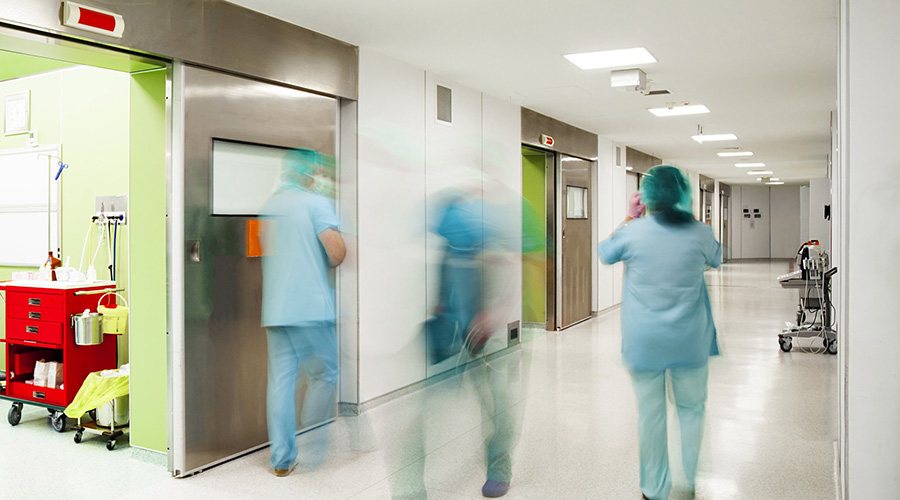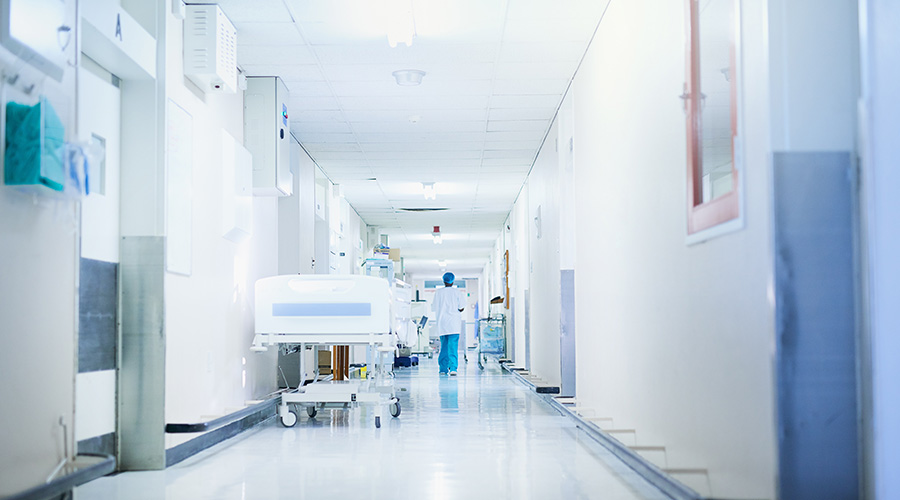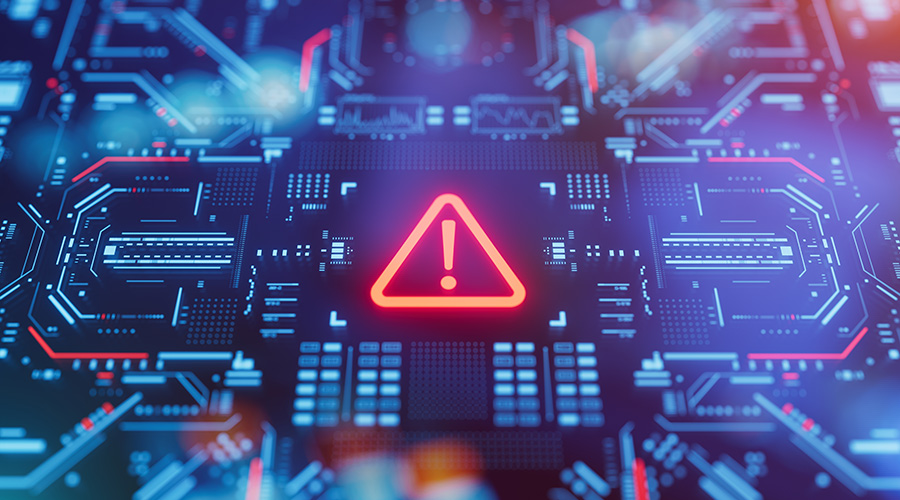Improperly disinfected mobile medical equipment may be inadvertently increasing the spread of healthcare-associated infections (HAIs), according to an article in Patient Safety Insight. Devices such as IV pumps, sequential compression devices and telemetry may be overlooked in cleaning procedures or they may only get summarily wiped down, which is not enough to prevent the spread of infection.
The article cites a GE Healthcare study, which found that mobile medical technology makes up 95 percent of a typical hospital's asset inventory and that these devices are treated like furnishings instead of as medical equipment. A study published in the American Journal of Infection Control found that "42 percent of personnel who had no direct contact with the MRSA-positive patients but had touched infusion pump buttons in the room showed MRSA-contamination on their gloves," says the article.
According to the article, healthcare facilities can take several steps to minimize the risk posed by mobile medical equipment:
— Establish a baseline understanding of actual cleaning practices at the facility. Sample testing will help pinpoint if certain areas need more attention to methodologies or workflows.
— Establish standardized cleaning protocols for mobile equipment, including removing it from patient rooms upon discharge. This will help ensure it gets properly cleaned instead of forgotten.
— Establish a way to signal to medical staff that a device has been properly decontaminated. This way devices will not be inadvertently recontaminated by more casual wipe downs.
Using real-time location systems on mobile devices can also help provide a way to verify that proper cleaning protocols have taken place, says the article.
Read the article.

 Making the Energy Efficiency Case to the C-Suite
Making the Energy Efficiency Case to the C-Suite How to Avoid HAIs This Flu Season
How to Avoid HAIs This Flu Season Design Phase Set to Begin for Hospital Annex at SUNY Upstate Medical
Design Phase Set to Begin for Hospital Annex at SUNY Upstate Medical Building Hospital Resilience in an Era of Extreme Weather
Building Hospital Resilience in an Era of Extreme Weather Ennoble Care Falls Victim to Data Breach
Ennoble Care Falls Victim to Data Breach